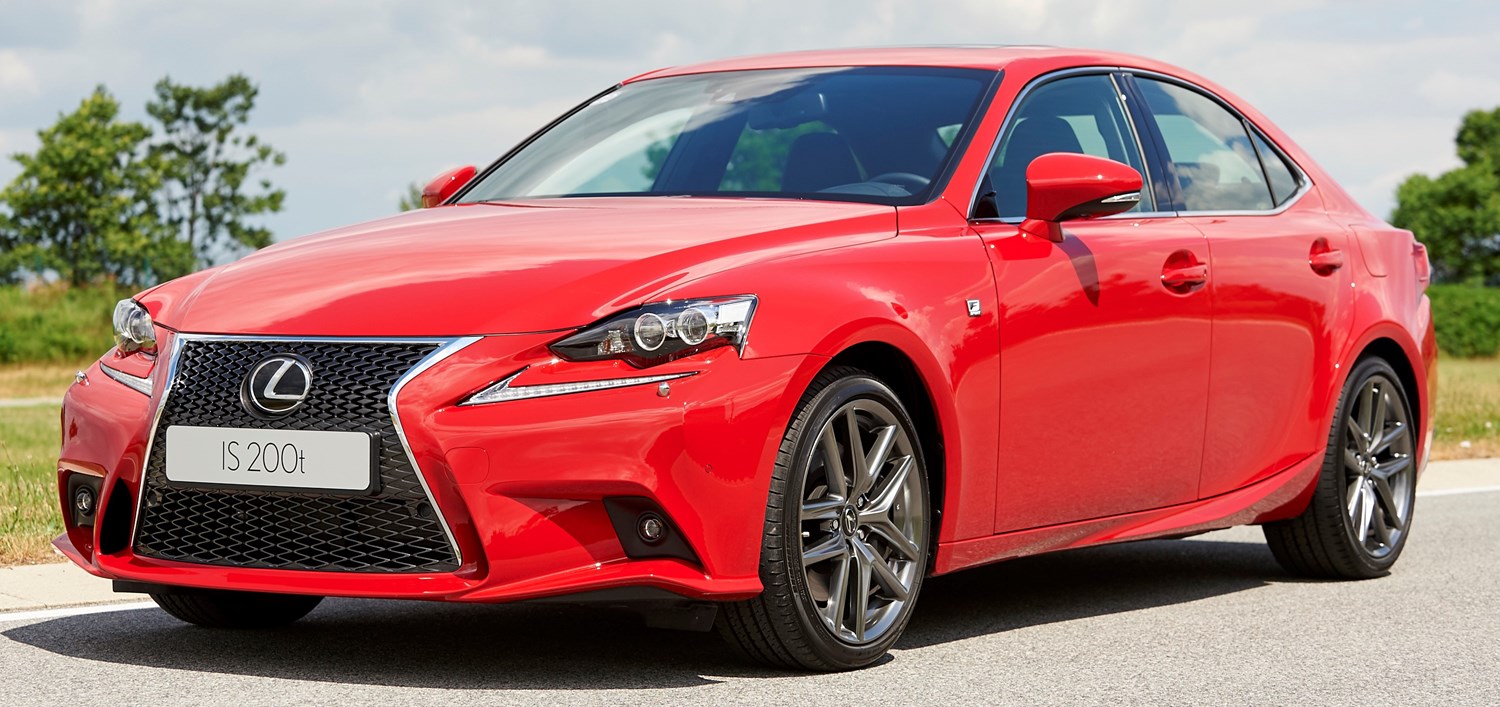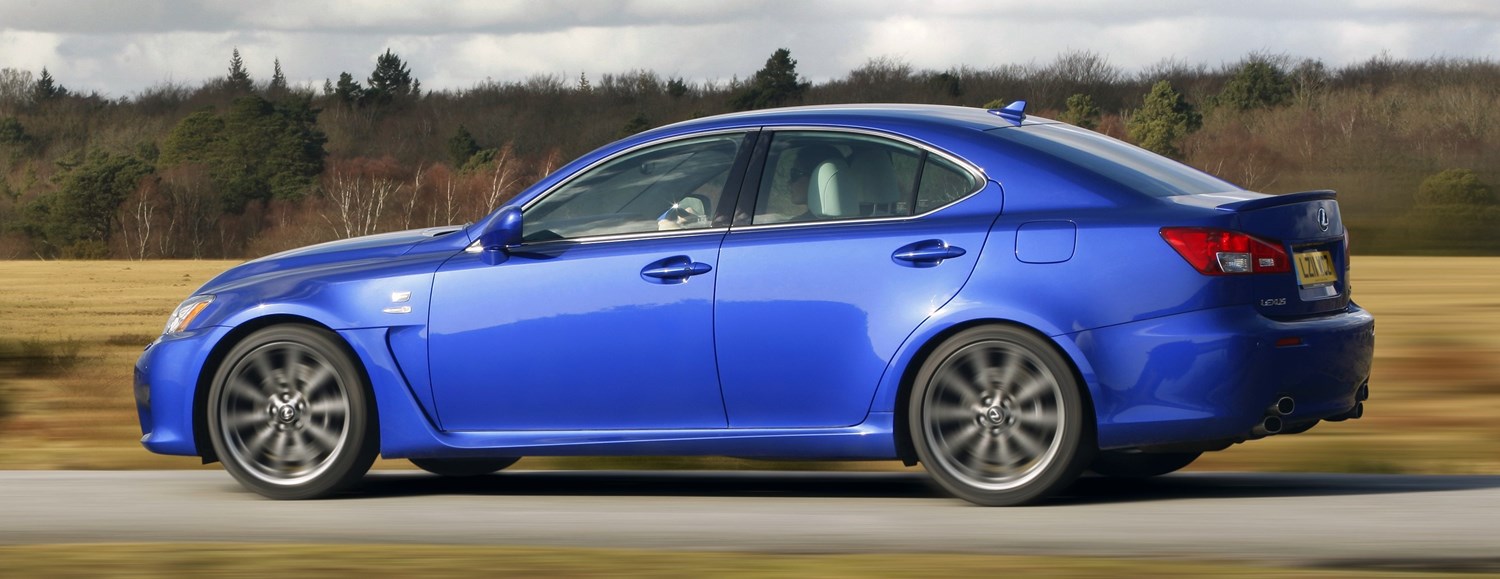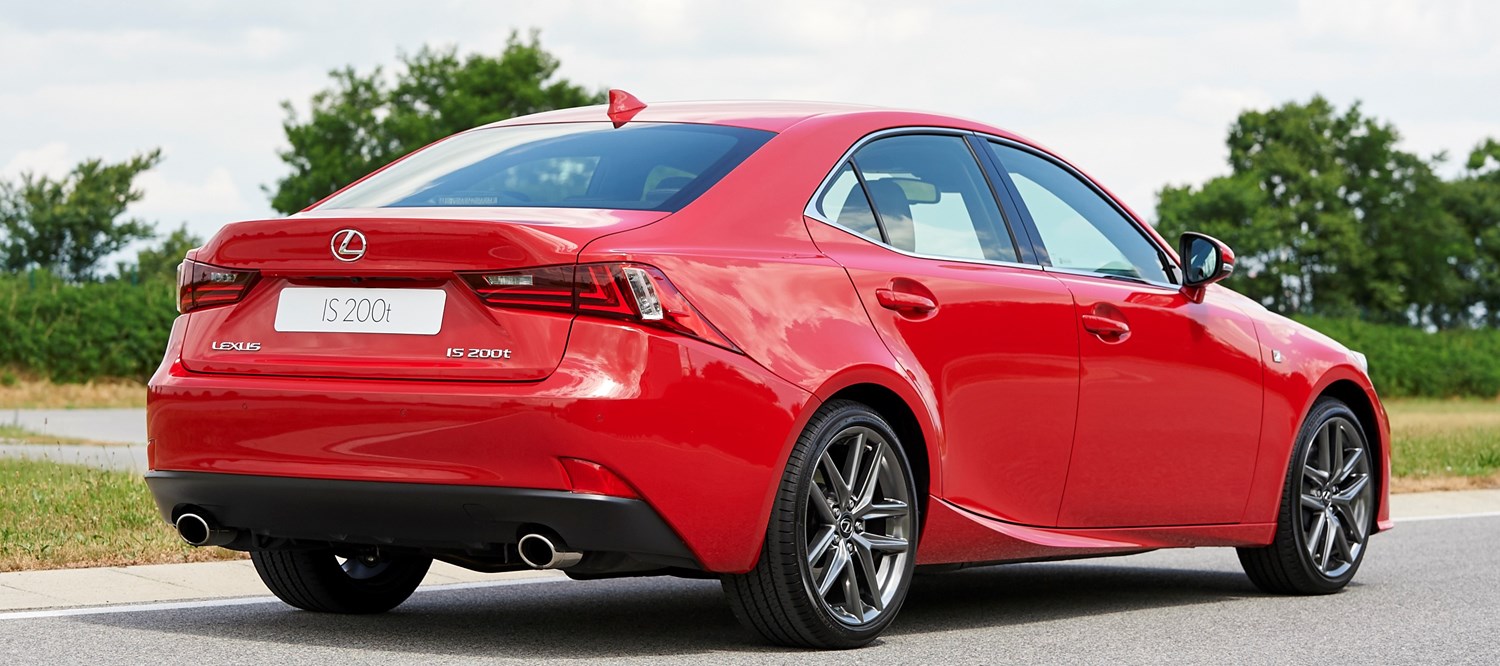Latest Model
For the third generation, Lexus completely ditched diesel power units for the IS and they were replaced by a raft of hybrid powertrains, which offer better efficiency and lower emissions.
The styling is also much bolder than before, with the front grille being very distinctive and the sharp daytime running lights also standing out on this compact saloon.
Where the IS excels is comfort and with the hybrid power units, it cruises superbly well over long distances with the interior layout and design helping to offer a nice experience.
As you would expect from the Toyota-owned brand, the reliability of the IS is superb and in the four years since its release very little has gone wrong with it.
Value for money
Due to the premium nature of the Lexus brand, the starting price for the IS is at the higher end of the compact executive saloon market, with SE models starting from £30,105.
For that you get cruise control, driving mode selection, Lexus’s infotainment system on a seven-inch display with dial control, 16-inch alloy wheels, LED headlights, single-zone air conditioning, three-spoke leather steering wheel with paddle shifters, Bluetooth phone connectivity and daytime running lights.
That is a good range of accessories for a base model, but it is nothing more than you would expect from its rivals that mostly start at lower prices.
As the most recent model of the IS only came with two engine choices, where you will find the majority of variation is in the trim levels. The top spec Premier model with the more efficient 300h hybrid layout is the smartest option on the used market, and a 2015 example is available for £22,995. Having covered 15,698 miles, it has been run-in and is in excellent condition.
With parking assist and distance control, full navigation system, cruise control, xenon headlights, leather interior trim, start-stop system, lane departure warning and tinted rear windows.
The more premium finish helps any Premier model set itself apart from the rest of the range, and with prices roughly £8,000 under the starting price of a new model, it could be the bargain executive cruiser you’re looking for.
Looks and image
The exterior shell is distinctively Lexus with the large ‘spindle’ grille dominating the front end – as is the way with modern Lexus models. The rest of the car looks muscular, dynamic and very interesting to look at when you compare it to the relatively pedestrian German saloons.
The sweeping roof line is also very pleasing to the eye and the short back-end gives it a nice end point for your eye line.
The interior is as quirky as you would expect from Lexus who try to accommodate for most people in how to control the accessories. There are almost too many switches and the complicated infotainment system can be frustrating, but everything is well made, beautifully refined and a lovely place to be.
One of the IS’s strengths is its superb chassis and Lexus has done a great job of making it stable through the corners with minimal body roll and excellent levels of grip. Although it is an evolution of the previous generation’s base, it is much-improved and feels much better as the IS is lighter than before and the improved suspension is supple over the bumps in comfort mode.
The steering is well-balanced and direct but feels rather sedate when compared to some of its rivals, so if you’re looking for a more invigorating IS go for the F Sport model with sports suspension.
One thing that does rather spoil the driving experience is the lack of a powerful engine and good gearbox, as the petrol doesn’t feel very dynamic and the hybrid is great over long distances and for fuel economy but never thrills you.
An area that Lexus always seems to be good at is the overall comfort of their vehicles and the IS is another success story in that respect.
The standard suspension is superbly well-engineered as it combats most road surfaces head-on and gives a great overall ride that is well-behaved at slower speeds and very stable on a long cruise.
The seats are well-padded and interior space is very good for all passengers – but having three across the back seats will be a squeeze.




